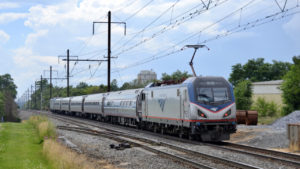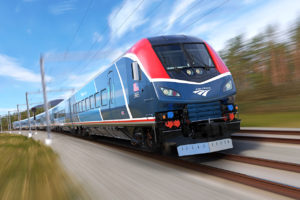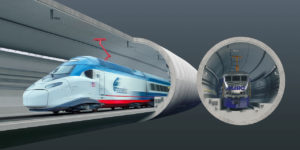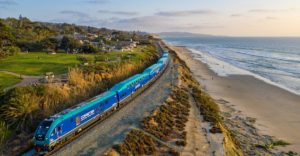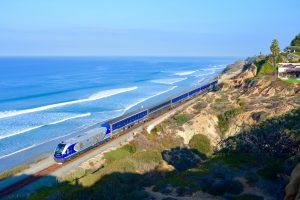Agreements between Amtrak, 19 states push rail improvements forward
Written by Jenifer Nunez, assistant editorAmtrak and 19 state transportation departments and other entities have negotiated contracts to increase state control and funding of 28 current passenger rail routes.
“We thank these state leaders who have sent a strong message in favor of Amtrak service and the need to offer multiple mobility options for the traveling public across their regions,” said Amtrak President and CEO Joe Boardman.
California-Caltrans, California-Capitol Corridor Joint Powers Authority, Connecticut, Indiana, Illinois, Maine-Northern New England Passenger Rail Authority, Massachusetts, Michigan, Missouri, New York, North Carolina, Oklahoma, Oregon, Pennsylvania, Texas, Vermont, Virginia, Washington and Wisconsin have each reached agreement for Amtrak to operate their state corridor services.
“These state-supported services are vital links in the Amtrak national network that bring value, connectivity, economic development and jobs to states and local communities,” stated Tony Coscia, chairman of the Amtrak board of directors.
The 28 state-supported routes are in addition to the Amtrak Acela Express and Northeast Regional services in the Northeast and the overnight long-distance trains that connect the regions, which combined have set new records for ridership over the past decade.
The agreements fulfill Section 209 of the federal Passenger Rail Investment and Improvement Act of 2008. It required states to share costs with Amtrak under a consistent formula for all routes of less than 750 miles, excluding the Northeast Corridor. During the past four years, Amtrak and the states partnered to jointly develop the cost formula, which received approval by the federal Surface Transportation Board.
Under the Section 209 policy, state partners will pay for approximately 85 percent of operating costs that are attributed to their routes, as well as for capital maintenance costs of the Amtrak equipment they use and for support costs such as safety programs and marketing. Amtrak will pay about 15 percent for backbone costs, such as centralized dispatching and services and back shops.

